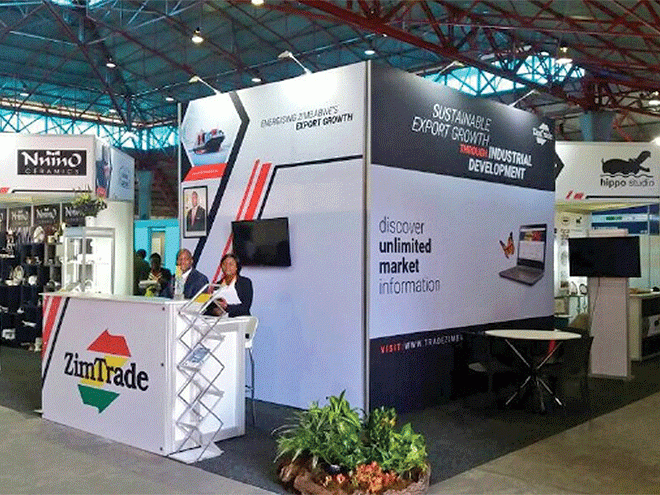
ZIMBABWE’S mining industry has so far lost more than US$200 million in revenue due to COVID-19 and production for the second quarter is expected to decline further by about 60%, Chamber of Mines of Zimbabwe (CoMZ) has said.
BY MTHANDAZO NYONI
In its report titled Economic impact of Covid-10 on the mining industry: Proposals for intervention measures, CoMZ said COVID-19 was now a serious threat to the mining industry.
This is because the sector has strong linkages to regional and global markets for the supply of mineral commodities and products as well for sourcing of inputs, equipment and machinery.
As such, any negative developments in these markets have direct and indirect impacts on the Zimbabwean mining industry.
With South Africa under lockdown already, the local mining industry is expected to experience some adverse economic shocks, CoMZ said.
“Most mining companies are facing reduced productivity and production due to scale down of operations on the back of lockdown in transit and buyer countries. Meanwhile, it is estimated that mineral production for the second quarter of 2020 may decline by about 60% compared to the first quarter, with revenue losses exceeding US$400 million,” the document reads in part.
“The revenue loss for the first 30 days arising from a total lockdown exceeds US$200 million, with estimated loss for gold and platinum of about US$160 million. Potential revenue loss for nickel, ferrochrome, coal, and diamonds for the second quarter of 2020 is estimated to exceed US$100 million,” it said.
- Chamisa under fire over US$120K donation
- Mavhunga puts DeMbare into Chibuku quarterfinals
- Pension funds bet on Cabora Bassa oilfields
- Councils defy govt fire tender directive
Keep Reading
CoMZ said the situation had been exacerbated by difficulties in securing inputs for production and replacement capital due to widespread lockdown in source markets.
The ferrochrome industry has been the most affected with ferrochrome prices coming down to shutdown levels, even lower than those of 2015.
Responding to the above, CoMZ said most smelters have been put on care and maintenance, with Zimasco having announced its care and maintenance already.
Potnex has already closed, while Afrochine are operating below 50% of installed capacity.
The platinum and nickel industries have not been spared of the logistical complications arising from the lockdown in South Africa and other markets.
There are difficulties in transporting PGMs [platinum group of metals] and nickel concentrates to South Africa due to the new South African measures on COVID-19.
The combined effect of reduced access to markets for commodities and inputs have resulted in loss of revenue, with most mines now failing to meet fixed costs, including payroll costs.
The World Health Organisation in January 2020 declared COVID-19, which has so far killed more than 35 000 and infected 740 000 people globally, as a public health emergency of international concern.
In view of the scale down of operations and placement of some operations under care and maintenance, CoMZ said there was need for government, in line with practices in other countries, to waiver payroll tax for the mining sector for the second quarter of 2020 to reduce payroll costs during this time of reduced revenue.
The chamber also appealed to government to allow mining companies to pay taxes, electricity and utilities in Real Time Gross Settlement in order to allow mining companies to use the available forex to sustain care and maintenance and stay in business.
The chamber further appealed that for any surrendered portion, fair compensation through an incentive scheme as is the case for gold producers be paid.
The incentive should be reviewed to a minimum of 40% of gross proceeds to match local costs that are pegged at parallel market rates.
It also appealed for a reduction in electricity tariff for ferrochrome producers in light of the depressed prices and their need to remain in business.











